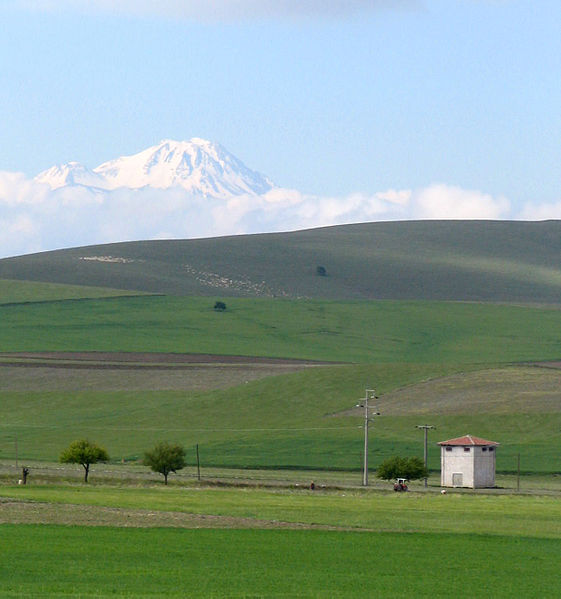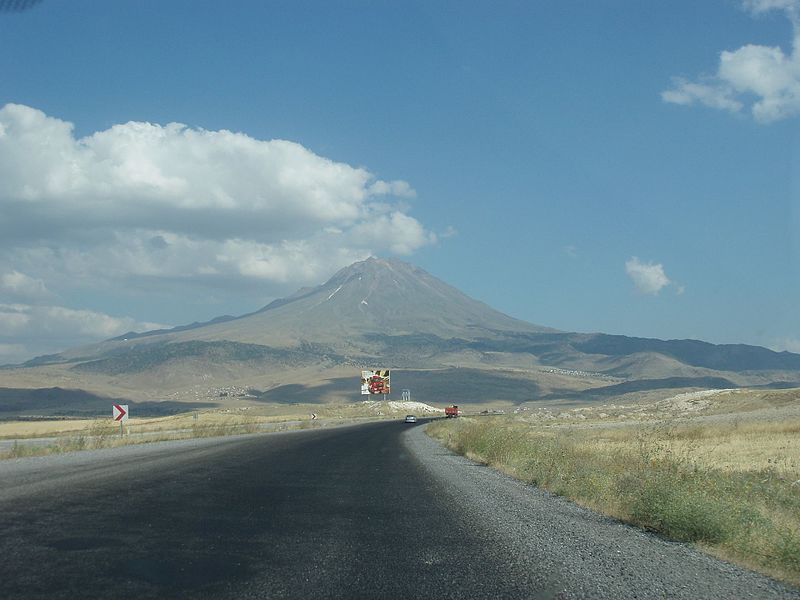Mount Hasan

Facts and practical information
Mount Hasan is a towering testament to the geological marvels of Turkey, an ancient volcano that dominates the landscape with its formidable presence. At an elevation of 3,268 meters, it stands as the second highest volcanic mountain in the country, surpassed only by Mount Ararat. Situated in the Aksaray Province of central Anatolia, Mount Hasan has been a silent witness to the ebb and flow of civilizations that have swept through the region over millennia.
The volcano is considered to be a stratovolcano, characterized by its layers of hardened lava and volcanic ash, which indicate a history of explosive eruptions. Although Mount Hasan has not erupted in recorded history, its two peaks, the Great Hasan and the Little Hasan, serve as a stark reminder of the powerful forces that once shaped this region. The last eruption is believed to have occurred around 7500 BC, and it played a significant role in shaping the surrounding landscape, including the formation of the Cappadocia rock formations.
Mount Hasan's slopes are a haven for nature lovers and hikers, offering a variety of trails that meander through scenic vistas and alpine meadows. The ascent to the summit is a challenging but rewarding endeavor, affording climbers panoramic views of the Anatolian plateau. The mountain's diverse ecosystems support a range of wildlife, and its higher altitudes are home to endemic plant species that have adapted to the harsh, windswept conditions.
The area around Mount Hasan is steeped in history and culture. The mountain has held religious significance since prehistoric times, and it is believed to have been worshipped by the ancient Hittites as a sacred peak. Archaeological findings in the region suggest that the mountain's eruption influenced early human settlements and cultural developments.





